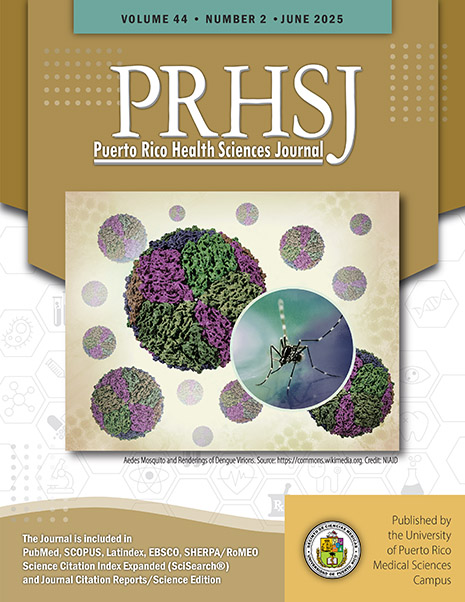Abstract
Objectives: This cross-sectional study aimed to estimate the prevalence of impacted maxillary canines in patients seeking treatment from 2016 2020 at the University of Puerto Rico School of Dental Medicine Orthodontic Graduate Program and compare it to the prevalence of published reports. Additionally, we sought to describe the clinical pattern of impaction using initial photographs and panoramic radiographs. Materials and Methods: Data were extracted from the dental records aged 14 years and older who had sought orthodontic treatment in 2016 2020. A calibrated examiner conducted all the dental measurements using 2D images from the initial records. Descriptive statistics included means (standard deviations), medians (interquartile range), and frequencies. A one-sample binomial test was used to compare the prevalence found to those of published reports. A chi-square, Fisher’s exact, and the Mann–Whitney tests were used to compare patients with and without impaction. We used logistic regression to evaluate the associations between tooth-level risk factors and impaction, accounting for clustering and adjusting for age and sex. Results: The study included 217 patients (mean age: 21.38 ± 9.16 years; 58.5% were female). The prevalence of maxillary canine impaction was 7.83%. The odds of impaction were higher if the deciduous canine was present (OR = 67.59; 95% CI: 18.61-245.40) or if the canine overlapped the lateral incisor root (OR = 155.92; 95% CI: 36.32-669.29). Conclusion: The overall prevalence of maxillary canine impaction was high, although parallel to that reported in a Mexican population; site-level risk factors (deciduous canine presence, overlap) were identified.
Authors who publish with this journal agree to the following terms:
a. Authors retain copyright and grant the journal right of first publication with the work simultaneously licensed under a Creative Commons Attribution License that allows others to share the work with an acknowledgement of the work's authorship and initial publication in this journal.
b. Authors are able to enter into separate, additional contractual arrangements for the non-exclusive distribution of the journal's published version of the work (e.g., post it to an institutional repository or publish it in a book), with an acknowledgement of its initial publication in this journal.
c. Authors are permitted and encouraged to post their work online (e.g., in institutional repositories or on their website) prior to and during the submission process, as it can lead to productive exchanges, as well as earlier and greater citation of published work (See The Effect of Open Access).
